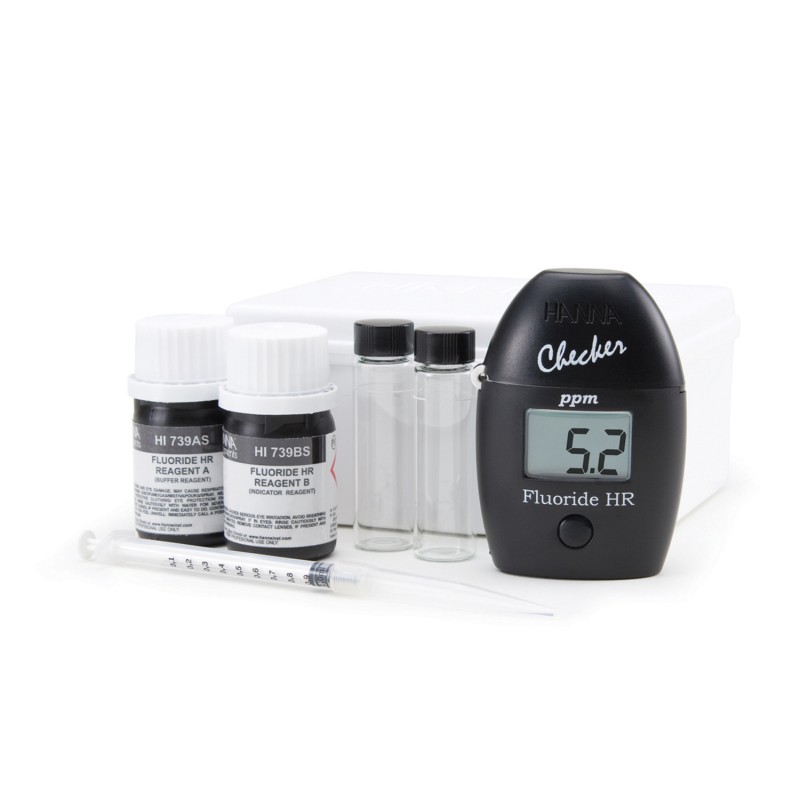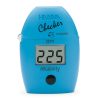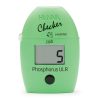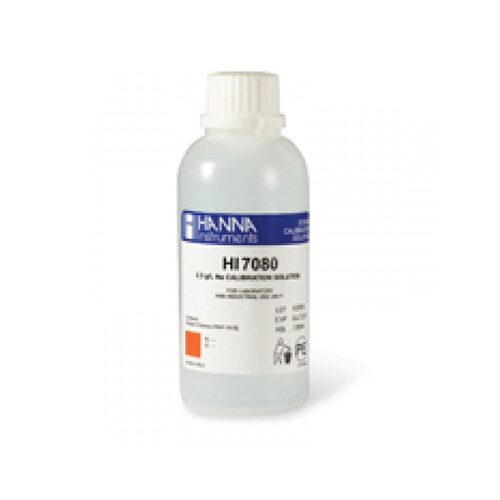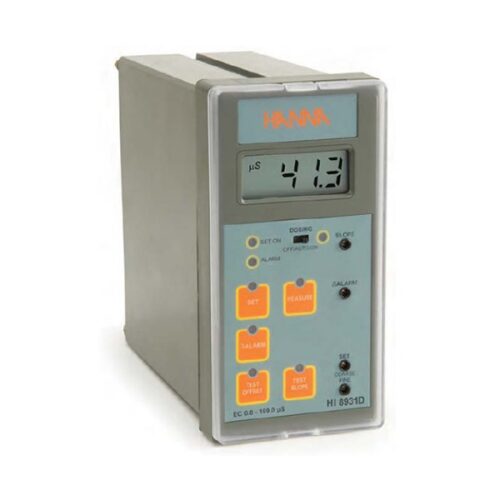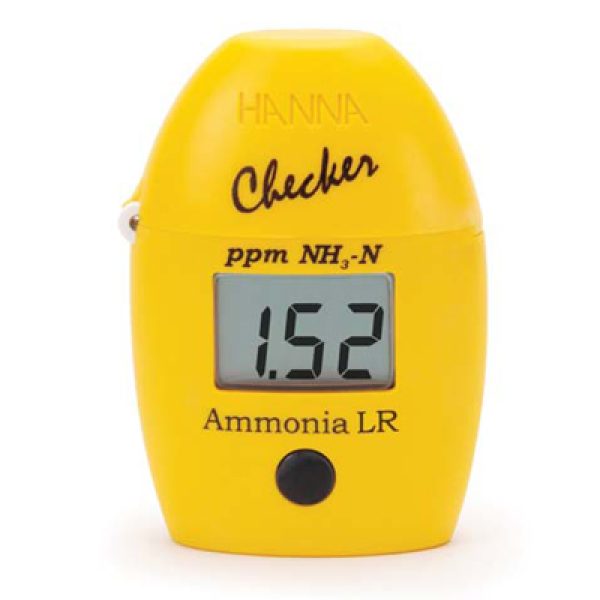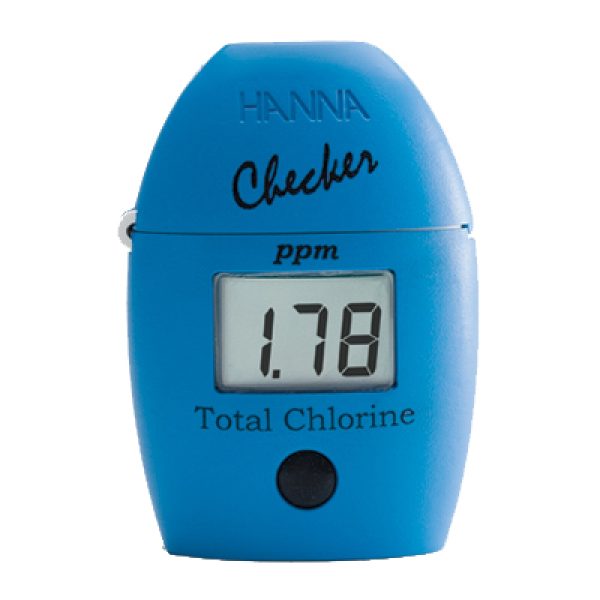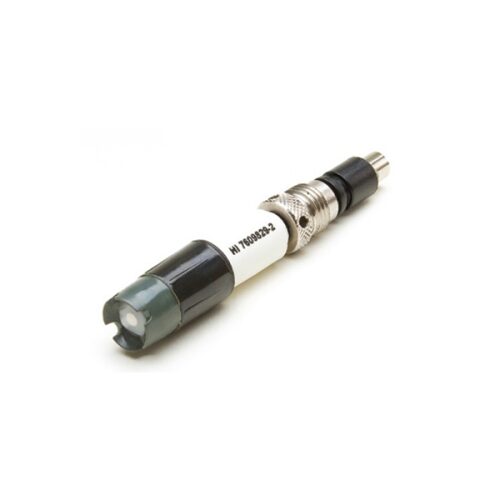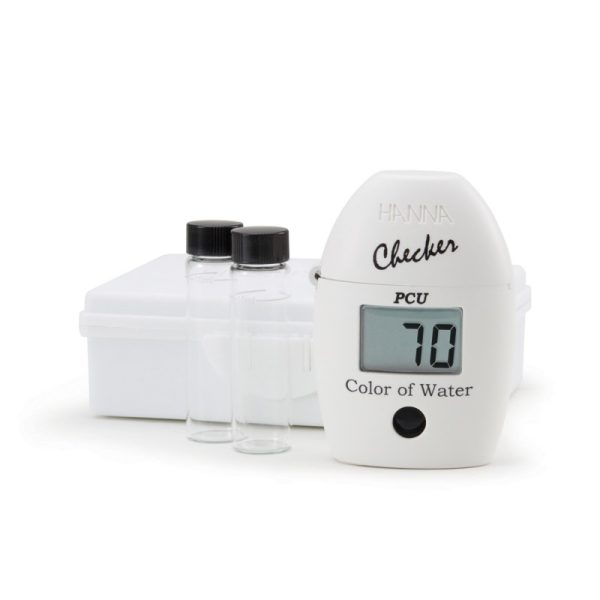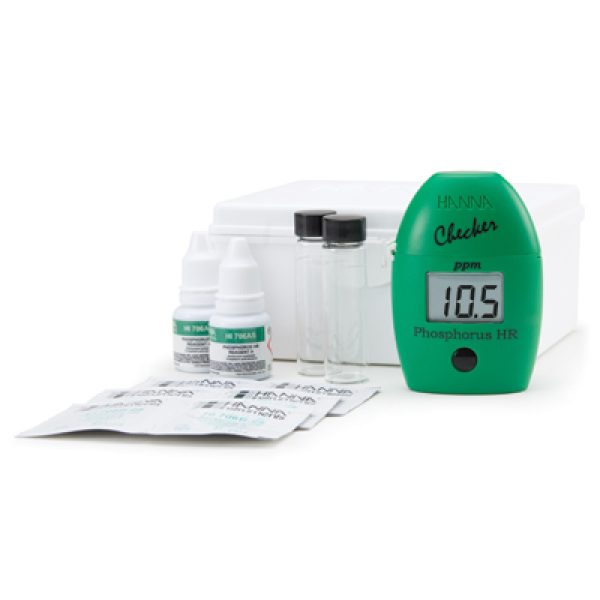No products in the cart.
เครื่องวัดปริมาณฟลูออไรด์ ช่วงสูง รุ่น HI739
฿3,103.00
Range 0 – 20 ppm | ESPA method | Resolution 0.1ppm
Out of stock
SKU: HI739
Categories: สินค้าทั้งหมด, เครื่องโฟโตมิเตอร์, แบบพกพาสะดวก
Fluoride is one of the very few chemicals that have been shown to cause significant effects in people through drinking-water. Fluoride has beneficial effects on teeth at low concentrations in drinking-water, but excessive exposure to fluoride in drinking-water, or in combination with exposure to fluoride from other sources, can give rise to a number of adverse effects.
Water fluoridation is the controlled addition of fluoride to a public water supply to reduce tooth decay. Fluoridated water operates on tooth surfaces: in the mouth it creates low levels of fluoride in saliva, which reduces the rate at which tooth enamel demineralizes and increases the rate at which it remineralizes in the early stages of cavities.
A 1994 World Health Organization expert committee suggested a level of fluoride from 0.5 to 1.0 mg/L, depending on climate. Bottled water typically has unknown fluoride levels, and some domestic water filters remove some or all fluoride.
The HI 739 Checker®HC is simple to use. In one vial add 2 ml of Reagent A and 8 ml of Reagent B; gently invert 5 times, and wait 1 minute, then zero the instrument with the vial. After zeroing, remove the vial and add 1 ml of sample, gently invert 5 times, wait 1 minute, then insert the cuvette into the HI 739 Checker®HC and press the read button for results.
Product Manuals
![]() Manual: Download
Manual: Download
Specification :
| Range | 0.0 to 20.0 ppm | |
| Resolution | 0.1 ppm | |
| Accuracy @ 25°C | ±0.5 ppm ± 5% of reading | |
| Light Source | LED @ 575 nm | |
| Light Detector | silicon photocell | |
| Environment | 0 to 50°C (32 to 122°F); RH max 95% non-condensing | |
| Battery Type | (1) 1.5V AAA | |
| Auto-off | after two minutes of non-use and ten seconds after reading | |
| Dimensions | 81.5 x 61 x 37.5 mm (3.2 x 2.4 x 1.5”) | |
| Weight | 64 g (2.25 oz.) | |
| Method | adaptation of SPADNS method |
Related products
สินค้าทั้งหมด
฿3,103.00
Range 0:00 to 3:00 ppm NH3-N | Nessler Method | 0.01ppm resolution
สินค้าทั้งหมด
฿3,103.00
Range 0:00 to 3:50 ppm | USEPA Method 330.5 / DPD | Resolution 0.01ppm
สินค้าทั้งหมด
฿12,305.00
ช่วงการวัด 0.00-2.50ppm
สินค้าทั้งหมด
฿3,103.00
Range 0 - 500 PCU | Platinum Cobalt method | Resolution 5 PCU
สินค้าทั้งหมด
฿3,105.14
Range 0.0 - 15 ppm | Molybdenum Blue Method | 0.1ppm resolution
